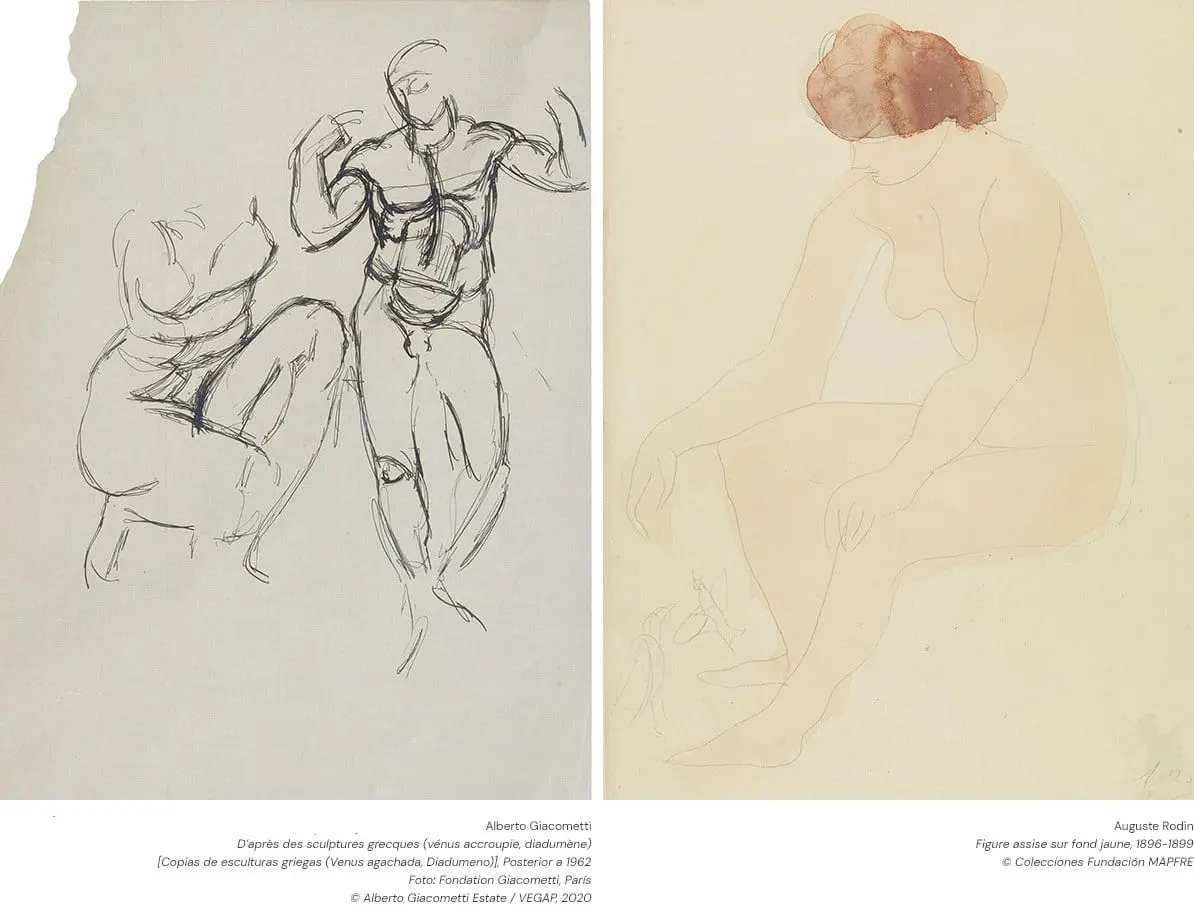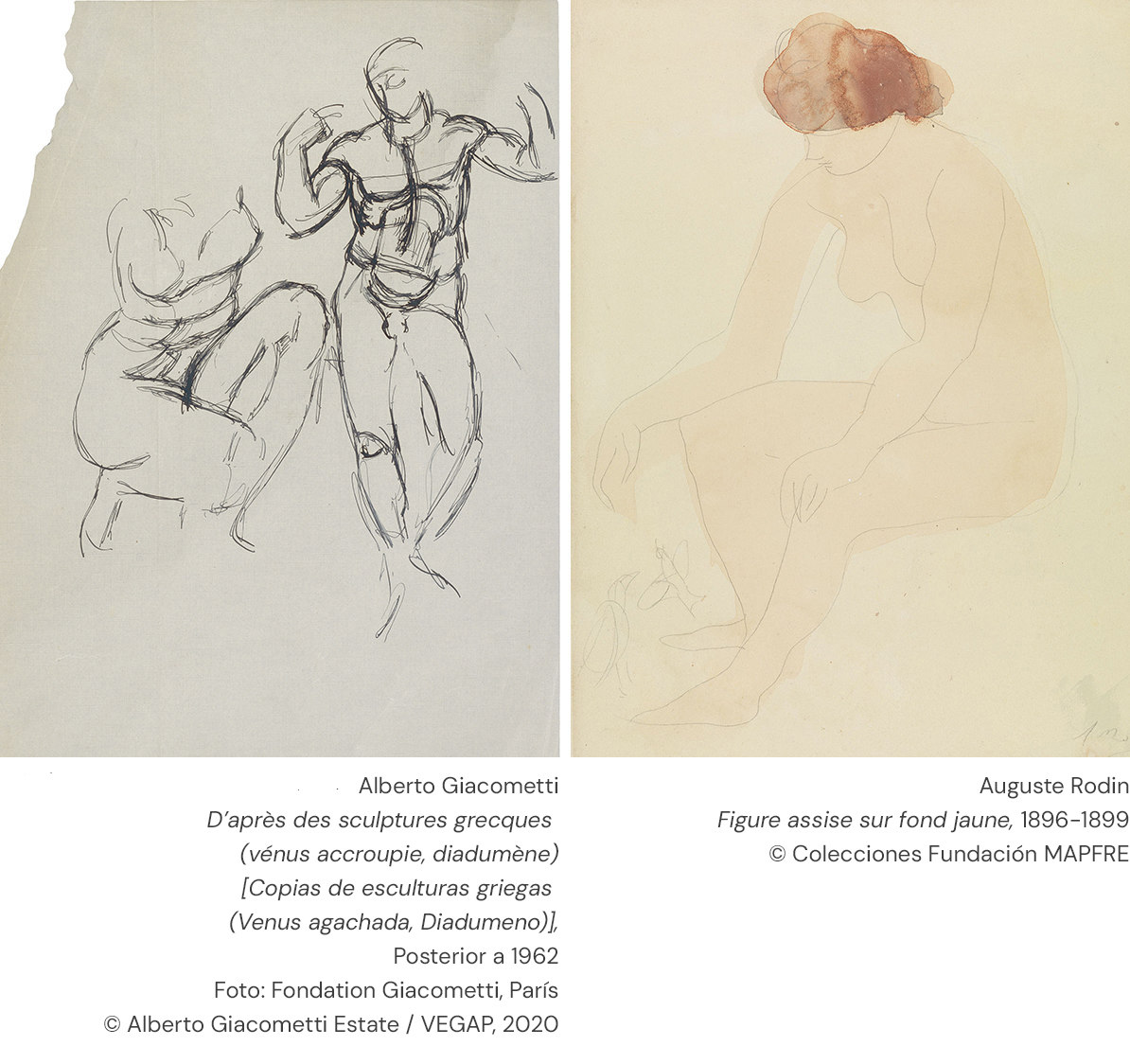Learning to draw and the Academy
Try your hand at an academic drawing or sketch


The term “Academy” or academic drawing usually refers to drawing from a model, whether real-life or a sculpture, with an emphasis on anatomy, proportion and form. This type of drawing was taught at the Academies, the institutions from which it takes its name, which proliferated during the Renaissance in Italy (mainly in Florence and Rome) and subsequently spread to other countries such as France, Germany, Spain and England. The most important Academy, San Lucas, was founded in Rome in 1577 and its objective was to teach the foundations of art by means of theory, based on an analysis of the classic models of beauty, sharing the knowledge acquired to pass on to younger painters, sculptors and architects. In 1752, the San Fernando Royal Academy of Fine Arts was founded in Madrid. Attending an Academy was an essential instrument of apprenticeship for future artists, who had to pass a series of examinations until they achieved complete mastery of the rules that governed this type of creation.
Although the emphasis in academic drawing was almost always on drawing from natural models, i.e. nudes or ancient sculptures, little by little artists began to work with still lifes, flowers and even landscapes which became included in the academic genres along with nudes and historical, mythological or religious scenes, to name some of the most important subjects.
To create an “Academy” it is necessary to take into account a series of rules that originated in Ancient Greece which focus on representing the classical ideal of beauty and proportion. In this sense, the representation of the human figure had to follow certain rules of proportion and harmony, so they established a canon (Kanon), or ideal mathematical rules, that established the perfect ratios between the different parts of the body. The measurement unit of reference was the height of the head. Polykleitos established the canon of seven heads as the model for a perfectly proportioned body. Later on, Lysippus created a more slender canon than the previous one, increasing it to seven-and-a-half heads. In these types of drawings you should not forget the sense of volume, including light, halftones and shadows.
When working with sculpture, academic drawing and sketching are essential elements of the final execution. Both Auguste Rodin and Alberto Giacometti were very much aware of this at the start of their careers. In 1910 Rodin stated categorically that “Drawing is the key to my work”; and, similarly, Giacometti said: “Drawing is the basis of everything”. And beyond any differences between the two artists, we can see how drawing, based on copying from ancient sculptures, was one of their most important concerns throughout their artistic careers.
While Rodin’s practice of copying old sculptures seems to correspond to his early training, Giacometti continued the practice throughout his life; proof of this is the publication, shortly before his death, of a compilation that the artist entitled Copies from the Past.
This week we invite you to give some thought to the practice of drawing and how it became essential both for modern artists and those from the past. Do you fancy doing some drawing yourself? How would you do it – would it be Academy style, or a quick sketch copying an image that inspires you? Share your drawing with us – anything goes!
